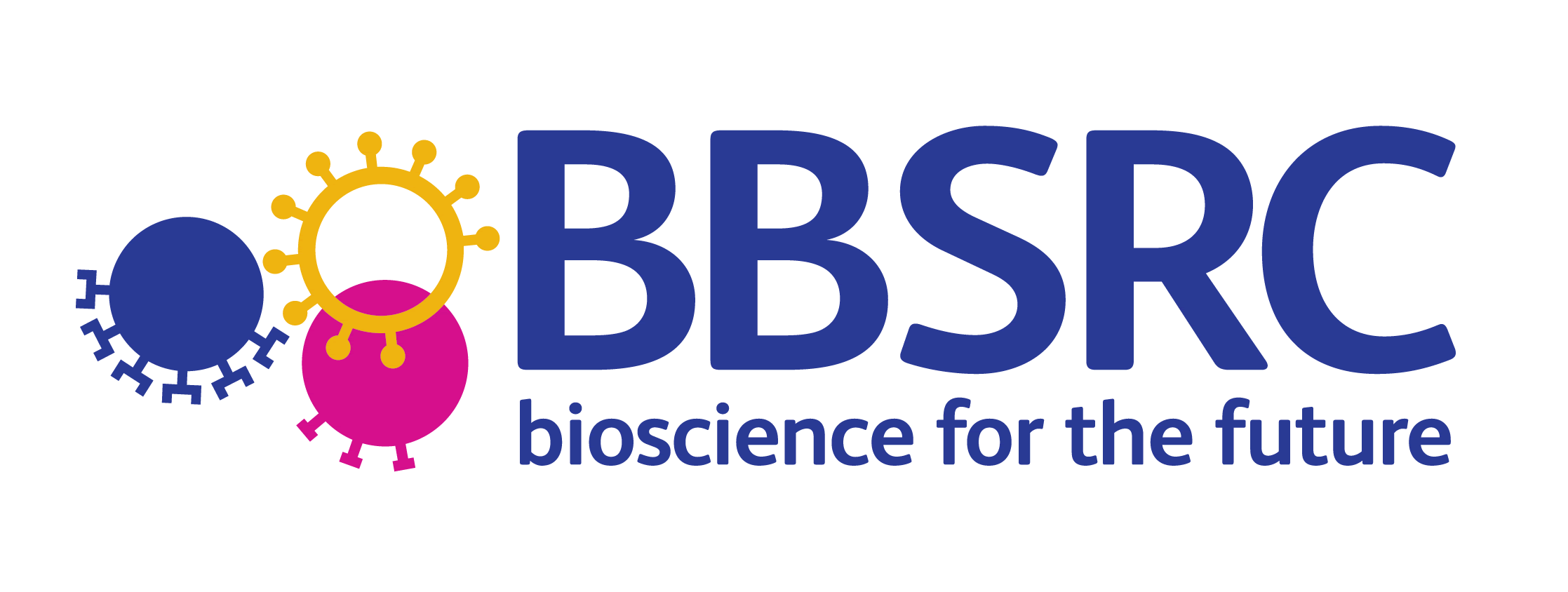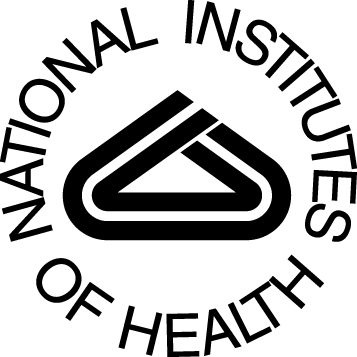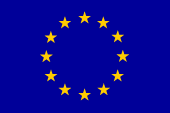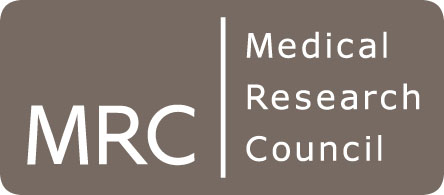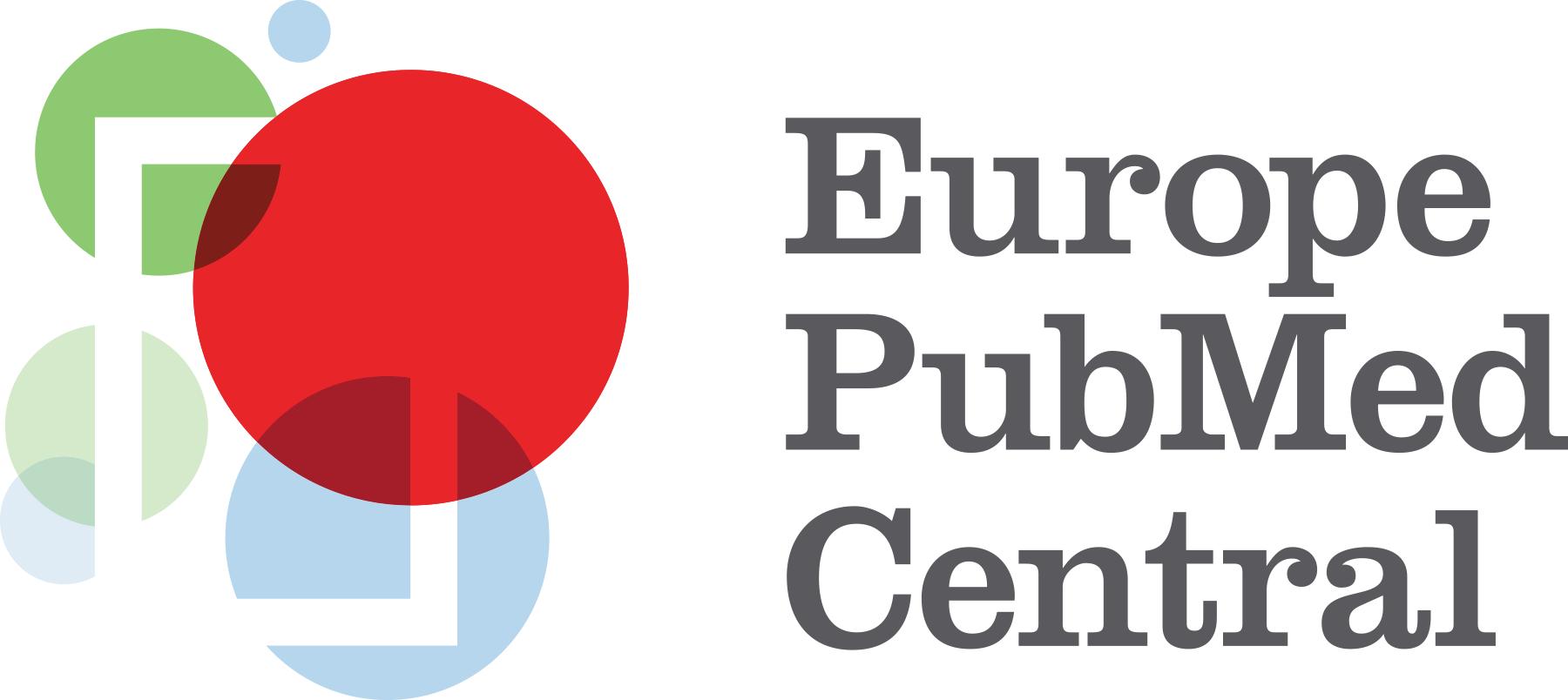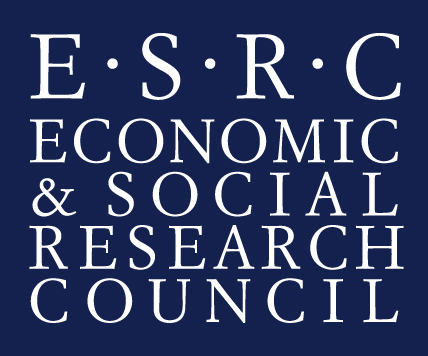Occupational exposure corpus
Introduction
An individual's likelihood of developing non-communicable diseases is often influenced by the types, intensities and duration of exposures at work. Job exposure matrices provide exposure estimates associated with different occupations. However, due to their time-consuming expert curation process, job exposure matrices currently cover only a subset of possible workplace exposures and may not be regularly updated. Scientific literature articles describing exposure studies provide important supporting evidence for developing and updating job exposure matrices, since they report on exposures in a variety of occupational scenarios. However, the constant growth of scientific literature is increasing the challenges of efficiently identifying relevant articles and important content within them.
We have developed a novel annotated corpus of scientific articles to support machine learning based named entity recognition relevant to occupational substance exposures. Through incremental refinements to the annotation process, we demonstrate that expert annotators can attain high levels of agreement, and that the corpus can be used to train high-performance named entity recognition models. The corpus thus constitutes an important foundation for the wider development of natural language processing tools to support the study of occupational exposures
Corpus Description
The corpus consists of selected sections (i.e., Abstract, Methods and Results) of scientific research articles concerning occupational exposures to two different types of substance, i.e., diesel exhaust (51 articles) and respirable crystalline silica (RCS) (50 articles). The article sections have been annotated by experts in the field with 6 categories of named entities (NEs) relevant to the assessment of occupational substance exposures, particularly in the context of Job Exposure Matrices (JEMs)
Named Entity Categories
The table below provides details and examples of the six categories of NEs that have been annotated in the corpus.
| Category | Definition | Examples |
|---|---|---|
| SubstanceOrExposure Measured | Measured substance, chemical or pollutant | respirable quartz dust; elemental carbon |
| OccupationJobTitle | Job/occupation of subject(s) of exposure studies | carpenters; concrete workers; operators in the refinery |
| IndustryWorkplace | Workplace OR industry involved in the sampling series | mining operations; diesel factory; four-lane motorway |
| JobTaskactivity | Physical activity/action forming part of workers' daily duties | welding; concrete pouring; mechanical mowing of weeds |
| OHMeasurementDevice | Device/apparatus used by to measure workplace exposure levels | IOM samplers; Higgins Dewell cyclones; Dräger stain tubes |
| SampleTypePersonal | Phrases denoting that samples represent personal exposures | personal measurements; personal breathing zone sample |
Corpus Statistics
The table below provides some statistics of annotations in the corpus
- Total annotations - Total number of spans annotated in the indicated category.
- Unique spans - Number of distinct spans annotated in the indicated category, after converting to lower case.
- Unique span frequency - Average number of times that each unique span in the indicated category was annotated
| Category | Total Annotations | Unique Spans | Unique Span Frequency |
|---|---|---|---|
| SubstanceOr Exposure Measured | 762 | 810 | 9.41 |
| OccupationJob Title | 2159 | 644 | 3.35 |
| Industry Workplace | 2764 | 927 | 2.98 |
| JobTaskactivity | 1582 | 973 | 1.6 |
| OHMeasurement Device | 896 | 412 | 2.17 |
| SampleType Personal | 517 | 115 | 4.5 |
Corpus Format
The corpus is available in two different formats:
- brat standoff format - The text for each article is stored in a separate file; the corresponding NE annotations are stored in separate files from the document text. The format is fully described here.
- JSON - The complete corpus is stored in a single file. The file includes the text for each article, metadata regarding the source of the article and the NE annotations
Corpus Download
The corpus and associated annotation guidelines may be dowloaded from the associated record on Zenodo.
NER models and code
NER models and associated code are available at: https://github.com/panagiotis-geo/Substance_Exposure_NER/
Related Publication
Thompson, P., Ananiadou, S., Basinas I., Brinchmann, B. C., Cramer, C., Galea, K. S., Ge, C., Georgiadis, P., Kirkeleit, J., Kuijpers, E., Nguyen, N., Nuñez, R., Schlünssen, V., Stokholm, Z. A., Taher, E. A., Tinnerberg, H., Van Tongeren, M. and Xie, Q. (2024). Supporting the working life exposome: annotating occupational exposure for enhanced literature search. PLoS ONE 19(8): e030784.
Licence

The corpus was constructed at the National Centre for Text Mining (NaCTeM), School of Computer Science, University of Manchester, UK. It is licensed under a Creative Commons Attribution 4.0 International License. Please attribute NaCTeM when using the corpus, and please cite the following article:
Thompson, P., Ananiadou, S., Basinas I., Brinchmann, B. C., Cramer, C., Galea, K. S., Ge, C., Georgiadis, P., Kirkeleit, J., Kuijpers, E., Nguyen, N., Nuñez, R., Schlünssen, V., Stokholm, Z. A., Taher, E. A., Tinnerberg, H., Van Tongeren, M. and Xie, Q. (2024). Supporting the working life exposome: annotating occupational exposure for enhanced literature search. PLoS ONE 19(8): e030784.
Featured News
- NaCTeM success at EMNLP 2025 - 7/7 papers accepted
- 1st Workshop on Misinformation Detection in the Era of LLMs - Presentation slides now available
- Prof. Ananiadou appointed Deputy Director of the Christabel Pankhurst Institute
- ELLIS Workshop on Misinformation Detection - Presentation slides now available
- Prof. Sophia Ananiadou accepted as an ELLIS fellow
- BioNLP 2025 and Shared Tasks accepted for co-location at ACL 2025
- Prof. Junichi Tsujii honoured as Person of Cultural Merit in Japan
Other News & Events
- AI for Research: How Can AI Disrupt the Research Process?
- CL4Health @ NAACL 2025 - Extended submission deadline - 04/02/2025
- Invited talk at the 15th Marbach Castle Drug-Drug Interaction Workshop
- Participation in panel at Cyber Greece 2024 Conference, Athens
- Shared Task on Financial Misinformation Detection at FinNLP-FNP-LLMFinLegal


